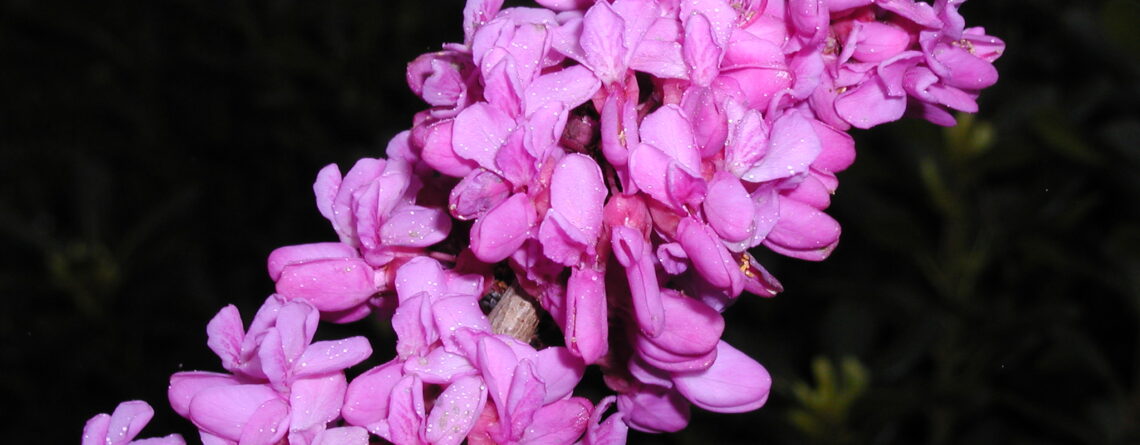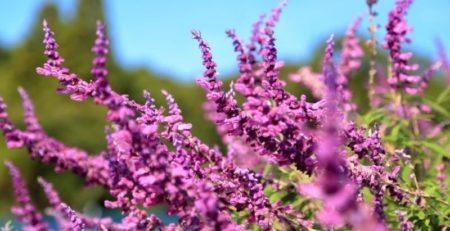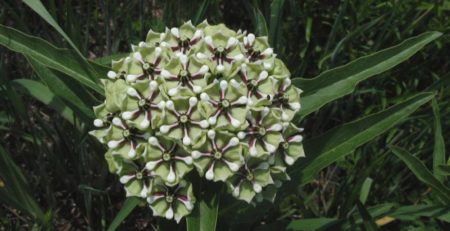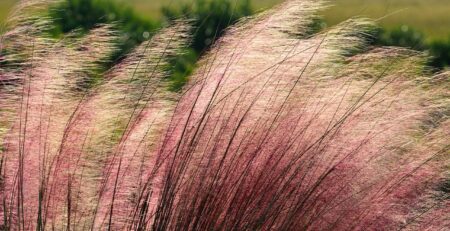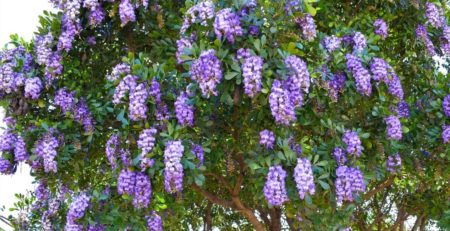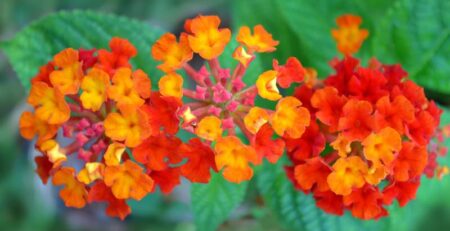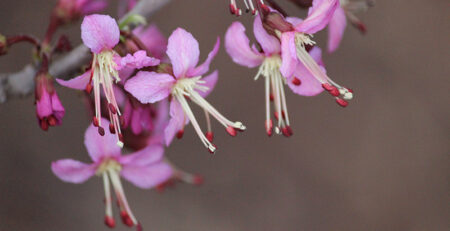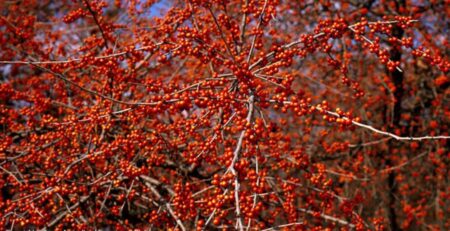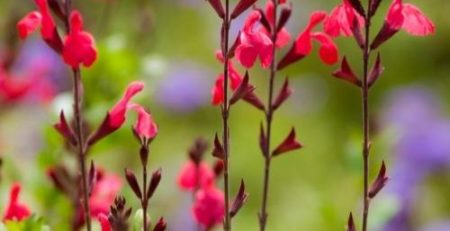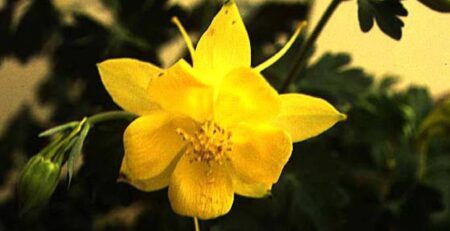Plant of the Month – Texas Redbud
Common Name: Texas Redbud,
Botanical Name: Cercis canadensis var. ‘Texensis’
Category: Tree (Ornamental)
Lifecycle: Perennial
USDA Symbol: CECAT
Hardiness Zones: 6A – 9B
Sun: Full Sun (6+ hours of sun per day) , Partial shade (2-4 hours of sun per day)

Water: Medium
Soil: Adaptable
pH: Neutral (6.6-7.3)
Height: 15 to 20 ft
Spread: 15 to 20 ft
Spacing: 15 to 20 ft
Growth Rate: Slow
Maintenance: Low
Bloom Time: Spring
Bloom Color(s): Red, Pink
Leaf Type: Simple
Leaf Shape: Cordate
Leaf Arrangement: Alternate
Leaf Retention: Deciduous
Fruit Time: Fall
Miscellaneous: Tolerates poor soil
Propagations List: Root Cutting, Seed
Plant Description:
‘Cercis canadensis var. ‘Texensis,’ most commonly known as the ‘Texas Redbud’, is a graceful flowering tree native to southern Oklahoma, central Texas, and northeastern Mexico. The ‘Texas’ variety is set apart from other redbuds by its significantly smaller ruffled leaves, a multi-trunked form, and a somewhat smaller height and spread of 15-20 feet.
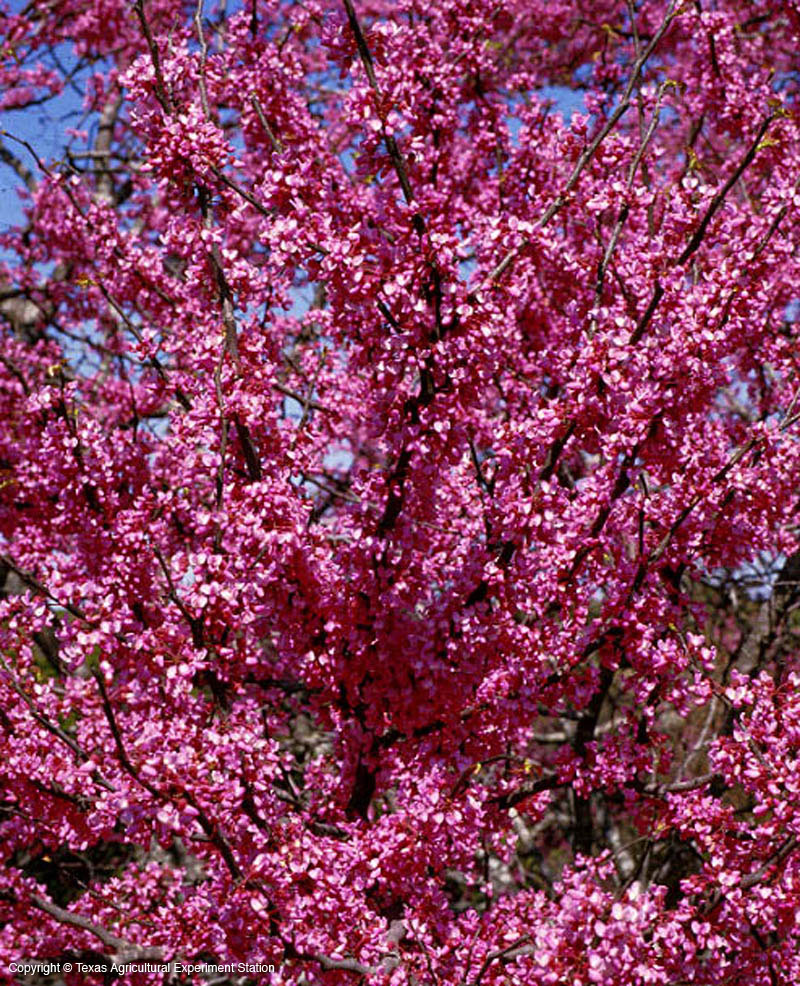
Its thick, lustrous leaves are simple and arranged alternately with wavy margins. They are heart-shaped and more softly rounded than those of the eastern variety. One of the first plants to bloom in early spring, this ornamental tree puts on a spectacular show of magenta, deep pink, or wine-colored flower clusters. The profuse blossoms appear on bare bark before the leaves emerge and persist for a period of about two weeks. Young leaves, reddish at the beginning, develop rapidly to replace the blossoms as they begin to fade and shed. The beautiful heart-shaped leaves remain on the tree throughout the summer, creating a rounded, umbrella-like canopy. This tree is deciduous, meaning its leaves transform to a bright yellow or red in autumn before they drop from the tree to be blown away by the winter wind. Deep purple pods containing edible coppery seeds replace the leaves to create a late fall display. They remain on the tree into winter, providing essential nourishment to visiting songbirds.
Perennial within USDA hardiness zones 6-9, the ‘Texas’ redbud delivers a graceful elegance to sunny flower beds, pollinator gardens, or decorative containers. When massed or grouped, redbuds provide lush, vibrant color to any landscape. The edible flowers and nutritious seeds have been an important source of nourishment to the Native Americans, who also used the twigs to weave baskets. In Mexico, the flowers are often fried and sometimes pickled to use in salads. Their nectar is a source of honey and supports a specialized bee, the ‘Habropoda laboriosa.’ They are also a larval host to the ‘Henry’s Elfin’ species of butterfly. The tree’s bark contains a fluid that acts as an effective astringent. The botanical name, ‘Cercis,’ is derived from the Greek word “keris,” meaning “weaver’s shuttle,” due to the resemblance of the seed pods to a shuttle used to move thread on a loom. ‘Canadensis’ is the word for Canada, and ‘Texensis’ refers to the ‘Texas’ redbud variety.
Propagation & Planting:
Although Texas Redbud will adapt to a variety of soil types, it prefers limestone or clay loam soils found in its native habitat. It tolerates thin, poor soil and drought better than the Eastern Redbud and appears more attractive when provided with some protection from the intense summer afternoon sun. The tree needs 4-6 hours of direct sunlight daily and well-drained soil with a neutral pH ranging between 6.6 to 7.3. All weeds should be cleared from the planting area, and the addition of compost to the soil helps to improve drainage. Container-grown trees are available from most local garden centers. A planting hole should be dug as deep as the root ball and twice as wide. Any bound roots should be loosened before placing the tree gently into the hole, making sure the root collar remains slightly above ground level. The hole should be filled halfway with soil and watered well. When the water has been absorbed, the rest of the soil can be added and the tree should be watered again thoroughly, making sure the soil has settled. A three-inch layer of mulch should be placed around the tree, at least 4 inches away from the trunk. Trees can be planted in spring, fall, or winter, but it is best not to plant during the heat of summer. Redbud trees should be spaced at least 15 feet apart if growing into a row. They are easy to grow from seed, directly sown outdoors in fall. Before planting, the seed should be nicked and soaked overnight. To germinate, the seed must be provided a 45-day period of cold (41 degrees Fahrenheit) to stratify. Although cuttings of the tree are difficult to root, small seedlings at the base are easily removed for transplanting.
Plant Care:
Texas redbuds should be watered regularly during the first few years, especially during drought conditions. Newly planted trees need to be watered twice a week for the first month, and then once a week until fully established. Mature trees are drought tolerant but look better if watered regularly. The surrounding soil should be allowed to dry between each watering.
Fertilize:
The Texas Redbud responds well to the application of a balanced, slow release, 10-10-10 fertilizer once a year in early spring. It is important to carefully read and follow the directions on the product label before using fertilizer.
Prune:
Redbuds do not typically require pruning except for the removal of dead, crossed, or crowded branches. The best time to prune the tree is in spring, just after the blooming period is over.
Pest & Disease:
Redbuds can be afflicted by canker fungi. The trees are most susceptible when under stress from heat and drought. Canker, for which there is no control, cuts off the flow of nutrients to the limbs and trunk. Affected limbs must be removed immediately. Borers and web worms are drawn to trees that are stressed or in decline. They can be treated with an insecticide or soil treatment recommended by a local nursery professional or arborist and used according to the directions on the product label. Scale insects can be rubbed away with a cotton swab dipped in rubbing alcohol.
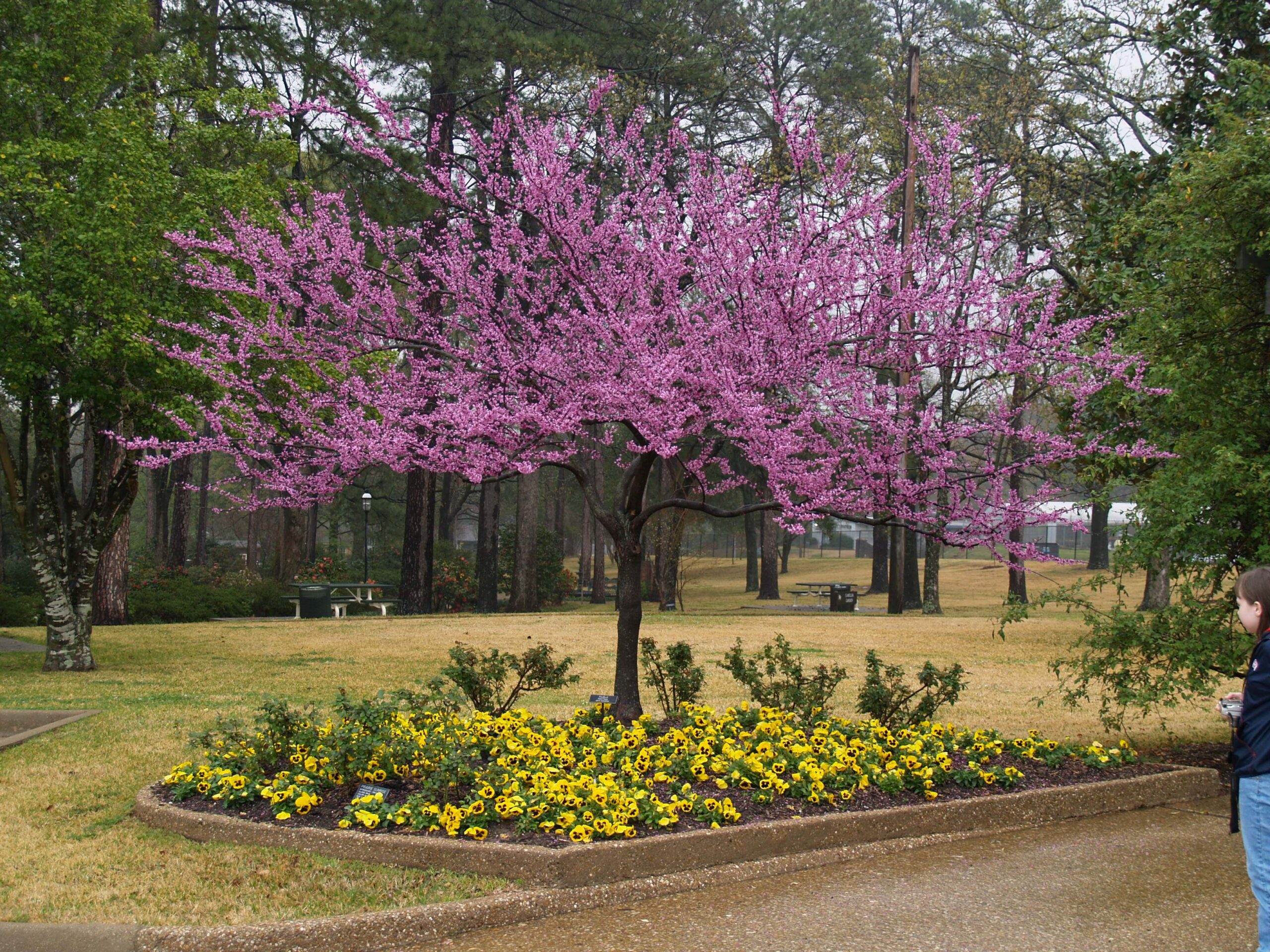
‘Forest Pansy’ redbud in full bloom. Image courtesy of Texas A&M AgriLife Extension

